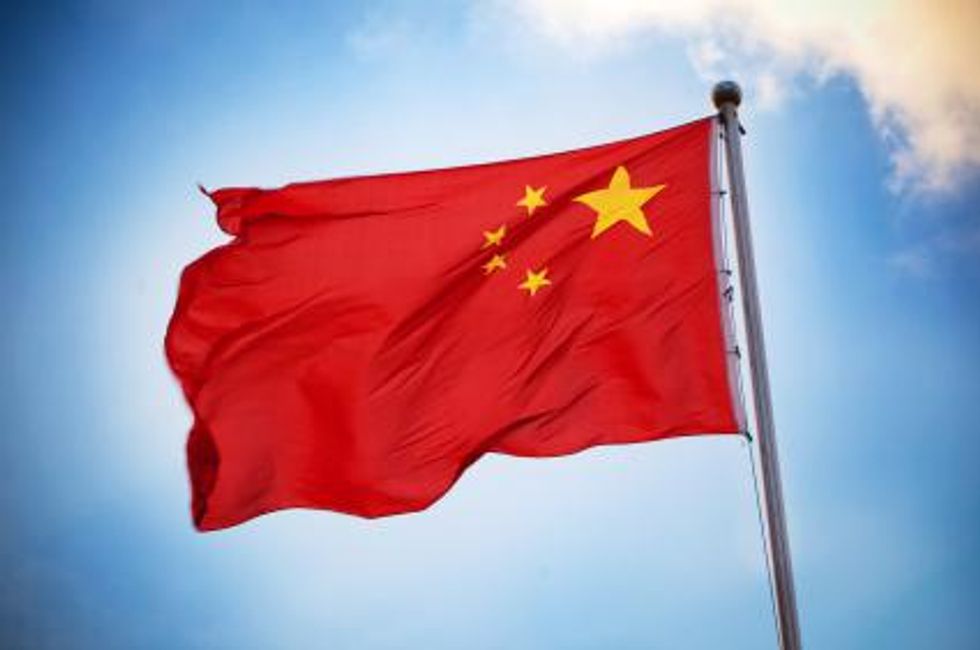Lower silver imports driven by a lack of industrial demand, particularly in China, are lowering the outlook for the white metal.
The latest news from Barclays is that China’s April silver imports clocked in at 172 tons, 28 percent lower than the same period last year, Commodity Online reported. Unfortunately for the white metal, the bank believes that result foreshadows more bad news — it predicts that silver will be the weakest-performing precious metal this year and expects the silver market to reach its second-largest recorded surplus.
Specifically, Barclays believes that the data out of China “reaffirm[s] the weak underlying demand for the metal from an industrial standpoint,” Mineweb quoted the bank as stating in a note.
That’s in line with the predictions put forth in the Bank of America Merrill Lynch’s latest commodities report. Like Barclays, the Bank of America sees a bleak future for silver, forecasting that the precious metal’s price will average $24.35 per ounce this year, 25.5 percent lower than its earlier prediction of $32.70, according to CNBC.
Justifying this outlook, Michael Widmer, a metals strategist who worked on the bank’s report, commented, “[t]he visible underperformance of silver prices was, in our view, heavily influenced by a lack of industrial demand. This is perhaps best reflected in silver imports from the U.S. and Japan generally hovering well below the longer-term average in the past 18 months. The picture has been similar in China year-to-date. While the country has remained a net importer, shipments have generally not broken out of the longer-term ranges.”
If these banks are correct, lower silver imports, the result of a lack of industrial demand, particularly in China, spell trouble for the white metal.
A different perspective
However, BullionVault’s Miguel Perez-Santalla believes that decreased Chinese silver imports do not necessarily herald the negativity that Barclays and the Bank of America are expecting.
In an article published yesterday, he urges investors to consider the idea that the fall in China’s silver imports reflects the country’s success in reducing its dependence on other countries for base metals, and by extension, silver. As he puts it, “just because trade between China and the rest of the world is down does not mean that silver demand [in China] is down.”
He points out that according to a Silver Institute report conducted by Thomson Reuters GFMS, production at China’s lead, zinc and copper mines increased by about 57 percent in 2011; that growth is significant because in China, silver is mined as a by-product of other metals 95 percent of the time. New mines, expansions and better mining techniques have also boosted the country’s silver output.
Indeed, the Silver Institute notes on its website that last year China produced 117 million ounces of silver, making it the second-largest producer of the white metal, behind only Mexico.
Perez-Santalla’s optimistic conclusion is that even with this increased production, China’s burgeoning population will ultimately keep its imports of the white metal strong.
The takeaway
While Perez-Santalla offers some insight on why China’s silver imports declined so steeply last month, the fact remains that China — along with other countries — is importing less of the white metal, meaning that more of it will have nowhere to go.
That situation, coupled with the Silver Institute’s prediction that mined silver output will surpass 800 million ounces this year, up from 787 million ounces last year and 757 million ounces in 2011, suggests that the banks’ predictions of lower prices in addition to a silver surplus are not out of line.
With that in mind, those interested in silver might consider looking at the metal’s longer-term forecast, which is a little rosier. BMO Research sees the white metal averaging $32 per ounce in 2014, while HSBC sees it averaging $27.
Securities Disclosure: I, Charlotte McLeod, hold no direct investment interest in any company mentioned in this article.




